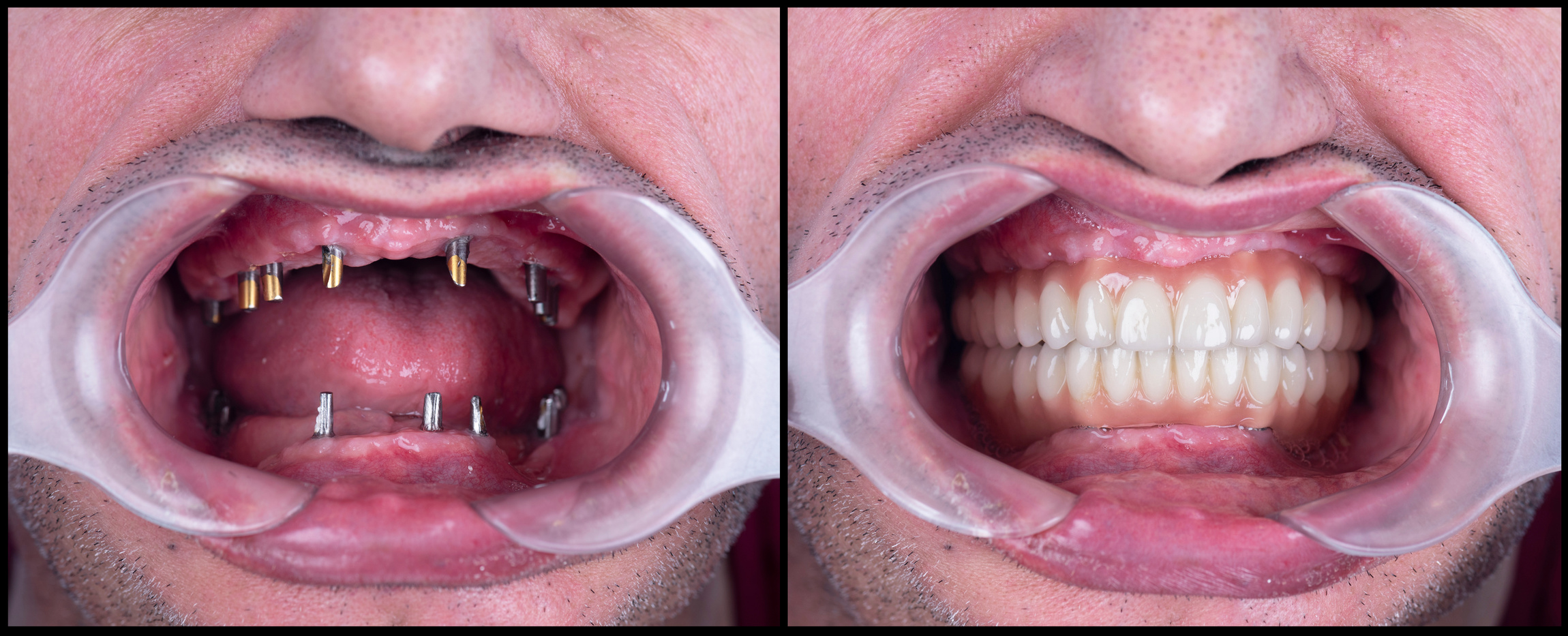Some Known Incorrect Statements About Dental Sense
Some Known Incorrect Statements About Dental Sense
Blog Article
Little Known Questions About Dental Sense.
Table of ContentsThe Ultimate Guide To Dental SenseWhat Does Dental Sense Mean?Not known Incorrect Statements About Dental Sense Everything about Dental Sense
are medical gadgets surgically dental implanted right into the jaw to restore a person's ability to eat or their appearance. They provide support for artificial (phony) teeth, such as crowns, bridges, or dentures. When a tooth is lost because of injury or illness, an individual can experience complications such as rapid bone loss, malfunctioning speech, or changes to chewing patterns that cause pain.Dental dental implant systems include an oral implant body and dental implant abutment and might also consist of a joint fixation screw. Dental implant vs bridge. The oral implant body is surgically put in the jawbone in place of the tooth's root. The oral implant joint is usually connected to the dental implant body by the joint fixation screw and prolongs through periodontals into the mouth to support the attached man-made teeth
(https://myspace.com/dentalsense1)Structure of The Dental Implant System selecting dental implants, talk to your dental company about the possible benefits and threats, and whether you are a prospect for the treatment. Things to take into consideration: Your total health and wellness is a crucial variable in identifying whether you are a great candidate for oral implants, how much time it will take to heal, and how much time the implant might remain in location.
Cigarette smoking may impact the recovery process and decrease the lasting success of the implant. The healing procedure for the implant body might take a number of months or longer, throughout which time you commonly have a temporary joint in area of the tooth. the dental implant procedure: Very carefully follow the dental health guidelines provided to you by your dental service provider.
Rumored Buzz on Dental Sense
Implant failing can lead to the demand for an additional medical treatment to take care of or change the dental implant system. Brings back the ability to eat Brings back cosmetic appearance Helps keep the jawbone from shrinking due to bone loss Maintains the health and wellness of the bordering bone and gum tissues Assists keep adjacent (close-by) teeth steady Improves lifestyle Damages to surrounding natural teeth during dental implant positioning Injury to the surrounding tissues during surgery, such as sinus perforation Injury throughout surgery (as an example, fracture of surrounding jawbone) Inadequate feature, such as feeling like the teeth do not bite together generally A sensation that the tooth hangs or turning in location arising from an abutment screw loosening up Implant body failing (looseness of the implant body) as a result of systemic infection, which might be most likely in people with uncontrolled diabetics issues because of neighborhood infection in bone and gums sustaining the implant body as a result of delayed healing, which might be more probable in people that smoke Difficulty cleansing the gums around the dental implant, causing inadequate dental health Unattended gum illness Post-surgical numbness as a result of nerve impingement or damage Always inform healthcare companies and imaging service technicians that you have oral implants before any magnetic resonance imaging (MRI) or x-ray treatments.
FDA is not familiar with any kind of negative events reported for MRI or x-ray procedures with oral implants. Oral implants systems are usually made from products that adhere to international agreement requirements of the International Company for Standardization (ISO) or ASTM International. These criteria have details of what makes a safe material.

A dental implant is a framework that changes a missing tooth. With screw-like tools, the cosmetic surgeon inserts a dental implant right into the jawbone, and it acts as a support for a synthetic tooth, called a crown. A device called an abutment attaches the artificial tooth to the dental implant. The crown is customized to fit the individual's mouth and match the color of their teeth.
A Biased View of Dental Sense
Some individuals are not eligible for oral implant surgery. It is for dental surgeons to operate people with: severe illnessuncontrollable metabolic diseasebone or soft cells condition or infectionIf these issues are dealt with, an individual can have the surgical treatment. In, dental surgeons refrain from operating individuals with: If individuals with any of the above undergo oral implant surgical treatment, there is a greater danger of the dental implant failing.

Oral dental implant surgical procedure is a customized process. Give you time to heal. Connect the post and final crown, bridge or denture.
Next, your doctor will meticulously put the dental implant into your jaw. If your implant is near the front of your mouth, your dental professional will certainly make a momentary tooth for you to use until you heal.
How Dental Sense can Save You Time, Stress, and Money.
During the recovery phase, your her latest blog jawbone must fuse to the oral implant. This process can take anywhere from 3 to 9 months.
When your dental implant heals, your dental practitioner can affix the joint (small connector article) and your last repair (crown, bridge or denture). This usually takes about one hour to finish and might require a 2nd minor surgical procedure. You should not feel any type of discomfort during your oral implant treatment due to the fact that your provider will utilize drug to numb your gums.
Report this page